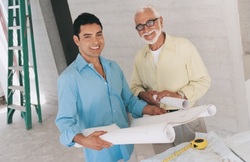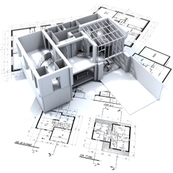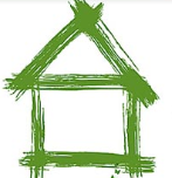
After two decades of "aging in place," it is clear from conversations with boomer clients and consumers that many would rather not talk about "aging." Some call it age denial. And after preaching the benefits of universal design to as many who will listen, it still takes a lot of effort to get them to understand and accept the benefits of accessibility. For example, as a client well into her sixties said to me, "That kind of design is something my parents need. I am not that old to need a grab bar in the bathroom." Perhaps we have been getting it all wrong.
It is time to rethink these concepts in accessibility.
A change is needed in the message.
We need to create a new definition.
Since efforts to create barrier-free environments result in additional safety and security in one's living environment, what we are really talking about has actually less to do with the aging process and more to do with sustaining one's independence. After all, one can be playing tennis at 30 years of age and break a knee cap or elbow, or be skiing down the slopes of Aspen at 40, fall and break a leg bone or two. It is only after some incident like that does the individual realize the need for a "balance" bar and a European-entry to the shower, wider doorways and halls and door handles rather than door knobs.
Add the baby boomers to the conversation.
With boomers living older yet much more active lives than any previous generation and with life expectancy now well into the eighties, the concepts that aging and retirement have been permanently altered. No longer do they think about retirement as someone being in their recliner for the rest of their lives, just sitting around. "That" is the definition of aging in place... one static solitary place.

This "aging in place" movement that many have been pushing for years, including myself, should be less about the aging process and more about creating home and work environments that expand the definition of sustainability, that is...creating healthy, safe, secure and accessible spaces that sustain the quality of life.
And that is the thinking behind the Design Alliance for Accessible Sustainable Environments (DAASE). Providing design professionals, Realtors, builders and contractors, occupational and physical therapists, reverse mortgage specialists with the tools to inform and educate that universal design, accessible environments and sustainable spaces are the age-wave of the future.
Want to join the growing membership of DAASE?.... just CLICK HERE.
Submitted by Michael A. Thomas, FASID, CAPS, president of DAASE, a past national president of ASID, and an interior designer who is passionate about sustaining personal independence.

 RSS Feed
RSS Feed